-
Posts
14 -
Joined
-
Last visited
Content Type
Profiles
Forums
Gallery
Events
Blogs
Posts posted by Werner Roland
-
-
Sorry about belated reply. After more observation I realized I've seen this before, just not on Spectrum Lab. Likely because I'm normally zoomed in with high contrast / low brightness. In the attached pic of SDR# WF zoomed out one can see a broad noise band about 5 kHz wide slowly moving across the WF. It wanders back and forth when present. I live in first ring suburb of a large city (Minneapolis) surrounded by noise sources, including residential overhead power line which runs nearly parallel to my antenna 20 meters north of me. BTW my setup is a 6m 3 element Yagi pointing at TV station (RF2) transmitter about 800 km ENE of me, feeding into RSP2Pro via a Mini-Circuits ZFL-500LN+ LNA.
Thanks
-
Just an update got it running despite that startup error message. Some short runs do produce scatter plots, so I'm running it now continuously and will let it go for a couple more days, then lets see what I got. Peaks rates thus far are about 200 hits per hour, though there are fair amount of erroneous hits due to deep fading. Hopefully that can be minimized via conflation.
-
Aha. Didn't look down far enough on download page. Found the process data script and been trying to open CSV file, but get an error message about time data not matching format. Did you get this error Nebula?
-
-
I've downloaded/installed the SW and am looking at the data it's producing off one of my youtube streams (SDRMusings if you care to look.) I've become more interested in head echoes recently and this SW looks like a good way for logging them. So now that I'm accumulating data in a CSV file, is there anything out there for data reduction/display or is that a DIY project? Don't have MS Office/Xcel on any of my personal computers. Guess could install something open source like OpenOffice or LibreOffice.
-
Thanks for the explanation. Gives me good food for thought. On the saturation, I see that quite often with very strong echoes. I've assumed it's overloading of the audio input of the sound card. That's the main reason I'm zooming in on the Spectrum Lab waterfall, so I don't get the "sidebands." With ARGO don't have a choice (to zoom in.)
-
Thanks Richard. I'll do some digging on this, sounds interesting. Just a quick question: This bifurcation is a physical aspect of the meteor ionization trail (such as wind shear as you said), not some anomality introduced by the spectral analysis, correct?
-
41 minutes ago, Geminids said:
I think the relatively low frequency of the TX (55MHz) explains a lot to me about the nature of you spectrograms. Nevertheless, nice captures.
Could you elaborate? Thanks
-
12 hours ago, JohnSadlerAstro said:
Wow those are really nice echos! It would be so cool to map their directions, your "pings" seem to have far higher resolution than most. Its fascinating the way that they seem to split up on different frequencies.

John
Thanks John. I'm still relatively new to this and I am trying to learn/understand the physical processes behind the various echo types.
-
Thanks Nebula. The software I'm using is SDRSharp (Build 1361), piping audio into Spectrum Lab, Argo, and HROFFT. The transmitter is one of the few analog TV stations remaining (Sault Ste. Maries, Ontario, Canada, Channel 2, 55.24 MHz ) with a powerful enough signal and the right distance (800 km) from my location (Minneapolis, Minnesota) to work for meteor scatter detection. Antenna is a simple dipole around 20 meters end to end, running north-south, with the transmitter ENE relative to my location.
-
 1
1
-
-
My computers are always updated, and server grade. No issues with maintaining those machines. The biggest problem for my dongles seems to be the USB-A connection to the USB cable. Handle that dongle and boom ... it freezes. Even pried the contacts outwards for firmer contact with a very fine screw driver, clean the contacts, and still happens. The USB-B connectors seems far less susceptible to handling live connections. Wish the cheaper dongles came with USB-B 😕
-
 1
1
-
-
Totally agree on cheapo SDR's. They're ok to dip your feet into SDR's, but any serious continuous use such for recording is difficult at best. I have 3 of them, and the slightest glitch such as plugging in a headset into the computer can cause them to freeze. Or even just jiggling the USB cable. I switched to an RSP1A just for meteor logging, and it hasn't frozen up even once. Plus it produces much cleaner looking waterfalls. The extra bits really make a difference.
-
 1
1
-
-
Hi there. New to this board. This looks like a good place to hang out and talk about SDRs as applied to meteor echoes and more. I've been experimenting with SDRs for months now as they combine some of my current and past hobbies, radios (shortwave listening), computers, and electronic gadgets. I started using SDRs for shortwave listening (whatever's left of that) and quickly found myself interested in other parts of the RF world, meteor scatter echoes being the low hanging fruit. One of my goals has been to set up a highly reliable system of logging/snapshotting (hehe … I like to make up words) meteor echoes, and I'm getting close. As we currently are under meteor crossfire (Southern Delta Aquariids, Alpha Capricornids, and Perseids) this has been a great time to tweak my setups and test for reliability. Also created a live meteor echo feed via YouTube for friends and anyone else interested in listening to hiss with an occasional meteor echo streaming across. I'm using an RSP1A via SDRSharp and recording with ARGO, HROFFT, and Spectrum Labs. Another setup I just started is an RTL-SDR and Echoes, with them being what they are behaving a bit touchy. Anyway, I've been gathering some interesting captures. Hope its not too many, don't wanna spam.
-
 4
4
-











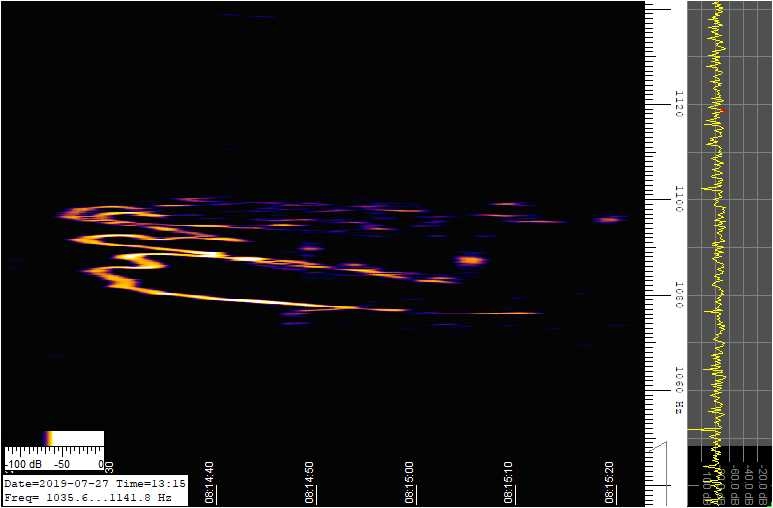
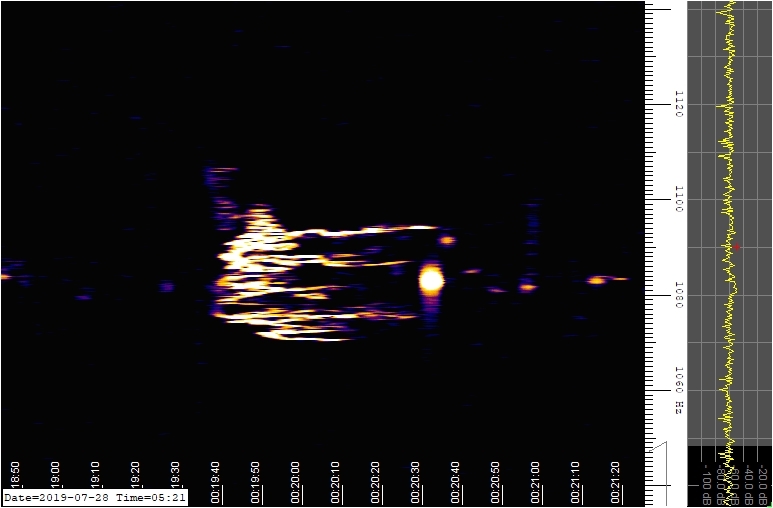
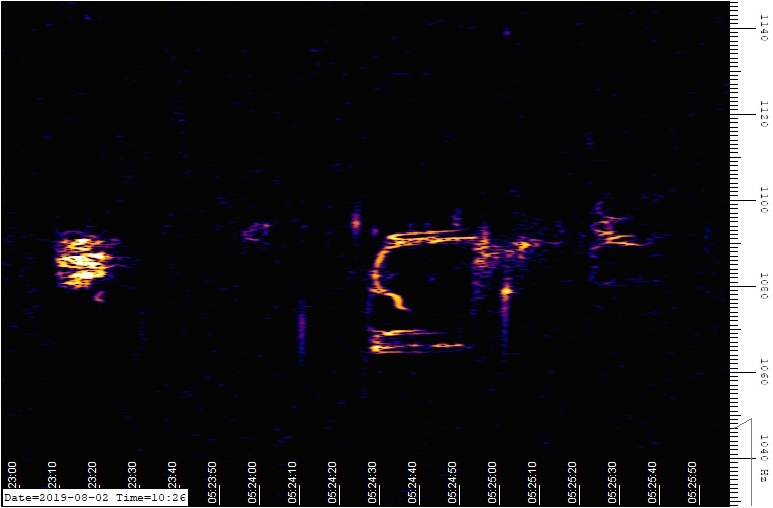
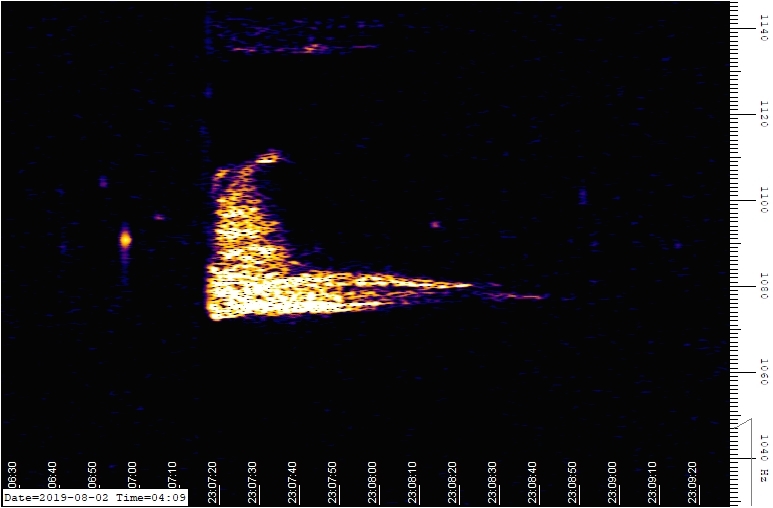

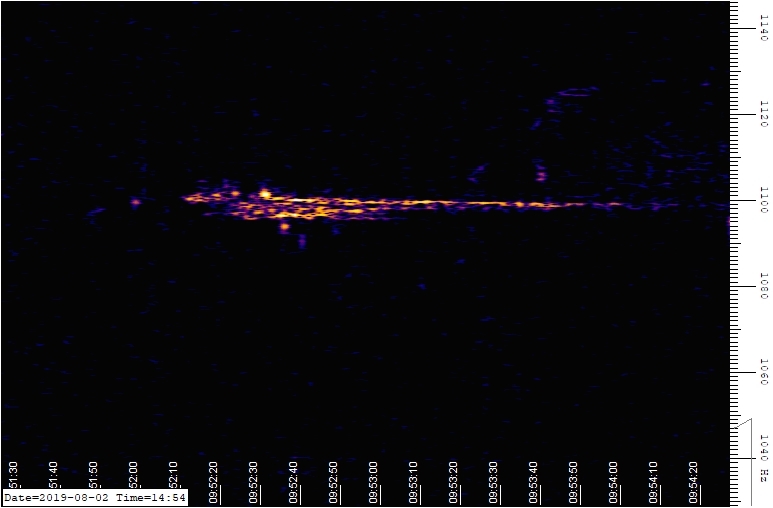

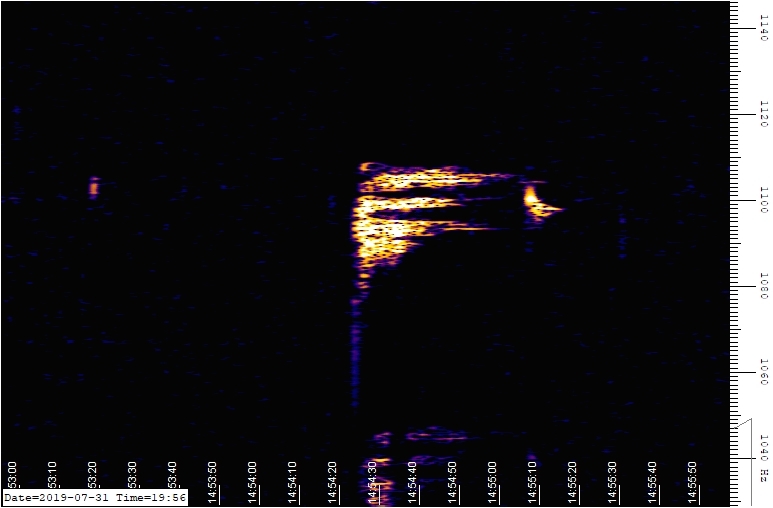
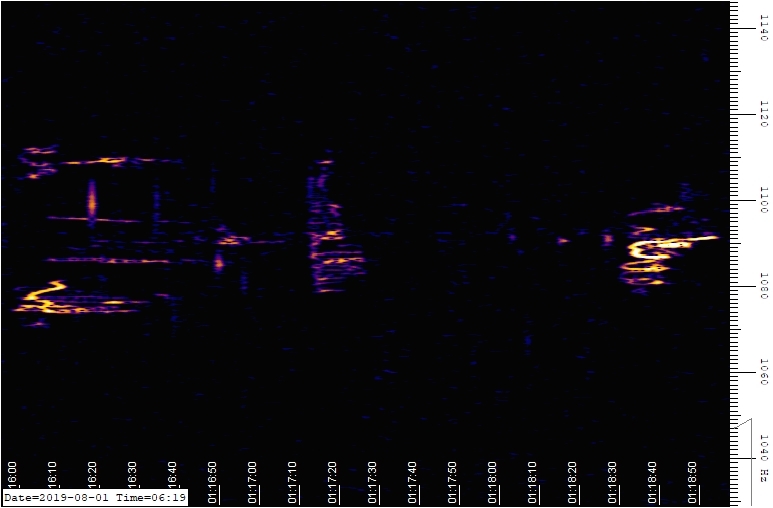
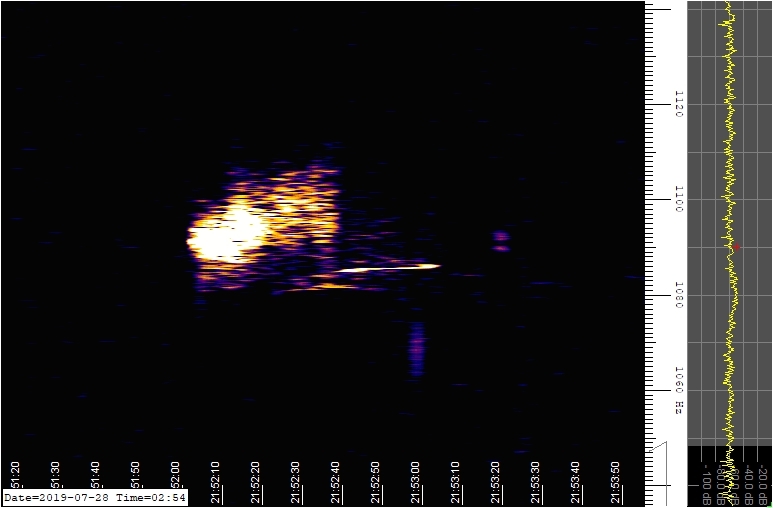
Meteor detection from Greece?
in Radio Astronomy and Spectroscopy
Posted
So how's your effort coming along Coto? I started with sloppily arranged dipole to ferret out available RF sources feeding an RTL-SDR (which is a great starter choice, just be aware of it's sometimes crappy USB connection) and now run a 6m 3 element YAGI feeding several SDRPlays with great success. Small steps.
Werner